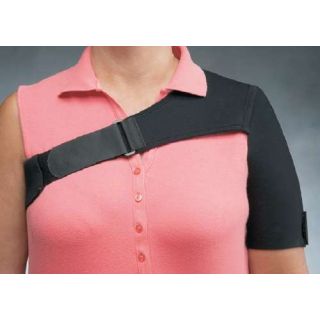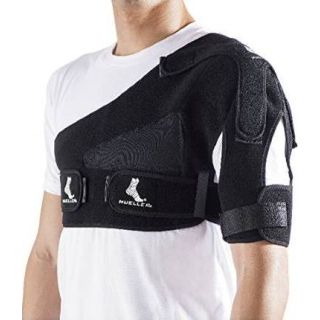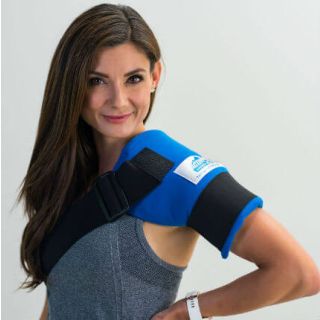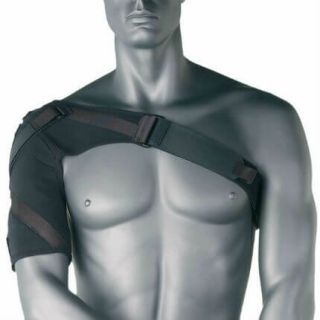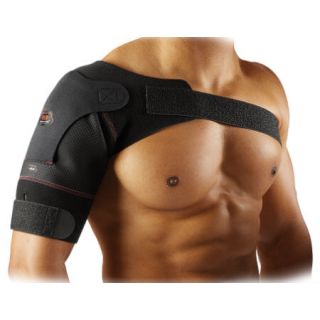-
 Details$59.99 $46.99
Details$59.99 $46.99 -
 Details$74.99 $64.99
Details$74.99 $64.99 -
New Arrival
 Details$87.99 $74.99
Details$87.99 $74.99 -
 Details$24.99
Details$24.99 -
Add To Cart To See Price
 Details$139.00 $139.00
Details$139.00 $139.00 -
 Details$67.99 $55.99
Details$67.99 $55.99 -
 Details$18.99 $11.17
Details$18.99 $11.17 -
 Details$46.99 $37.99
Details$46.99 $37.99 -
 Details$157.99 $135.99
Details$157.99 $135.99 -
Add To Cart To See Price
 Details$57.59 $57.59
Details$57.59 $57.59 -
 Details$56.99 $47.99
Details$56.99 $47.99 -
 Details$44.99 $36.99
Details$44.99 $36.99
Shop Shoulder Braces for Bursitis Relief & Recovery
Shoulder bursitis can significantly limit your range of motion and daily comfort-but the right support can help ease pain and inflammation while protecting the joint during activity or rest. At DME-Direct, we offer medical-grade shoulder support braces for bursitis designed with orthopedic input and trusted by physical therapists. Whether you're recovering from overuse, an acute flare-up, or post-injection soreness, our curated selection of bursitis shoulder braces includes compression wraps, adjustable slings, and therapeutic sleeves tailored for each stage of recovery.
Browse options from leading brands and choose a shoulder compression brace for bursitis that fits your needs-whether you need firm support, gentle compression, or everyday comfort. Not sure which product is right for your condition? Contact our team for expert guidance on choosing the best bursitis shoulder support for your specific symptoms and activity level.



